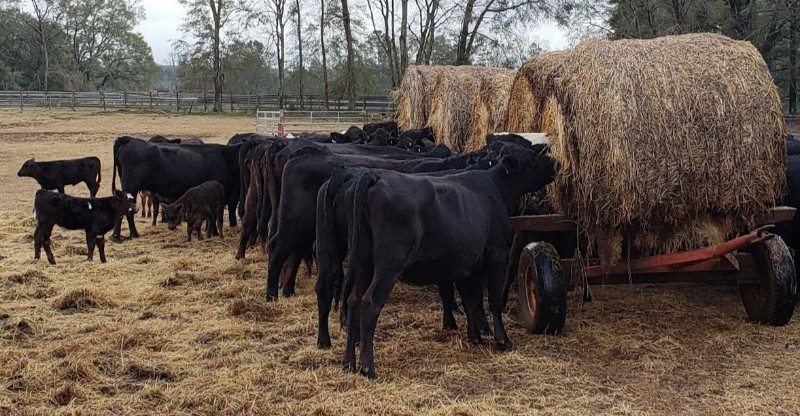
As a County Agent, when I travel to meetings and other events I often hear the same question; “How are things in Washington County?” One of my go-to responses is “Plugging along.” While I may generally over use the phrase, right now I feel like it accurately describes the situation and mood of most beef producers in Northwest Florida and the surrounding region.
Times are tough. Prices are lack-luster with no positive movement in sight. It’s muddy – and has been for months. Most producers have been forced to feed low quality hay and are about to run out of that. Winter grazing is way behind schedule, if it got planted at all, and goodness knows there are still miles of fence to fix. Your tired, but you still get up every morning and keep “plugging along.”
(EDITOR’S NOTE: Mark Mauldin is a UF/IFAS Extension agent in Washington County.)
I didn’t point out all these negatives to discourage you; on the contrary I want to remind you that eventually things will green up, it will dry out, fences will be fixed, and the ranch will go on. So, while you’re plugging along, getting through these rough times, don’t lose sight of the big picture. Remember the management decisions you make now will affect your operation for years to come.
As you’re plugging along, please don’t forget that nutritional management and reproductive efficiency are inseparable. In other words, if you let her get too skinny, she won’t breed back. Reproductive efficiency is the characteristic of a cow herd that has the greatest effect on financial viability.
Providing adequate nutrition to the cow herd is challenging right now, but it’s still a necessity, even if it costs more than we want to spend. When viewed against the long-term financial impacts of lost reproductive efficiency, added feed costs for one winter can be a solid investment. The income lost associated with a cow breeding back late or not at all can be tremendous. If a cow falls from early to late in the breeding/calving season, it is very difficult to back her up. The annual income she brings to the ranch will likely be permanently suppressed, because the calves she weans will be among the youngest and lightest for years to come. The longer breed-back is delayed the greater the financial impact will be. If she falls out of the season all together, you are faced with a lose-lose decision; sell a thin cull cow (for $0.55/lbs. +/-) or carry her for another year, with no return on investment, hoping she’ll breed next season.
TThese scenarios can largely be avoided by carefully monitoring your cows and making the necessary investment to keep them at an acceptable Body Condition Score (BCS). Generally, it is cheaper to hold a cow at an acceptable BCS than it is to restore lost condition. Do what you can to keep them at or above a BCS 4.
Source: UF/IFAS Extension, which is solely responsible for the information provided and is wholly owned by the source. Informa Business Media and all its subsidiaries are not responsible for any of the content contained in this information asset.
About the Author(s)
You May Also Like




